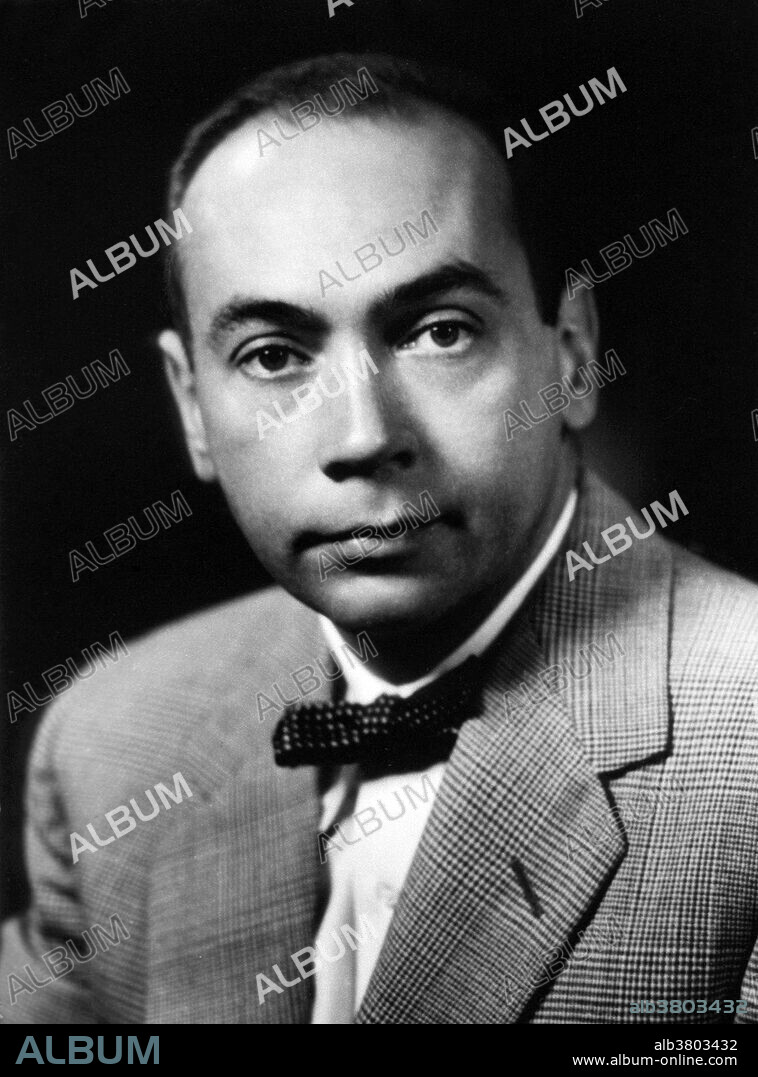alb3803432
Earl W. Sutherland, American Biochemist

|
Ajouter à une autre Lightbox |
|
Ajouter à une autre Lightbox |



Avez-vous déjà un compte? S'identifier
Vous n'avez pas de compte ? S'inscrire
Acheter cette image

Titre:
Earl W. Sutherland, American Biochemist
Légende:
Voir la traduction automatique
Earl Wilbur Sutherland Jr. (November 19, 1915 - March 9, 1974) was an American pharmacologist and biochemist. His first encounter with research was as an assistant in the laboratory of Carl Ferdinand Cori, who won a Nobel Prize in 1947 for his discovery of the mechanism of glycogen metabolism. Under Cori's guidance, he conducted research on the effects of the hormones epinephrine and glucagon on the breakdown of glycogen to glucose. In 1953, Sutherland became a professor of pharmacology at Case Western Reserve University. There he collaborated with Theodore Rall, who was to become a lifelong research partner. He made several ground-breaking discoveries that led to the identification of Cyclic adenosine monophosphate and its role as a secondary messenger. He identified the importance of liver phosphorylase (LP) in the process of glycogenolysis. It was through experimentation on LP and hormone interaction that his most renowned discovery was made. Sutherland won a Nobel Prize in Physiology or Medicine in 1971 "for his discoveries concerning the mechanisms of the action of hormones," especially epinephrine, via second messengers, namely cyclic adenosine monophosphate. He died in 1974 at the age of 58.
Crédit:
Album / NLM/Science Source
Autorisations:
Modèle: Non - Propriété: Non
Questions sur les droits?
Questions sur les droits?
Taille de l'image:
1159 x 1565 px | 5.2 MB
Taille d'impression:
9.8 x 13.3 cm | 3.9 x 5.2 in (300 dpi)
Mots clés:
AMÉRICAIN • BIOCHIMIE • BIOCHIMISTE • CÉLÈBRE • CELEBRITE • HOMME • LAUREAT DU PRIX NOBEL • NOBEL • PERSONNAGES • PERSONNALITÉS • PORTAIT • PORTRAIT • POTRAIT • PRIX NOBEL • XXE SIECLE
 Pinterest
Pinterest Twitter
Twitter Facebook
Facebook Copier le lien
Copier le lien Email
Email
